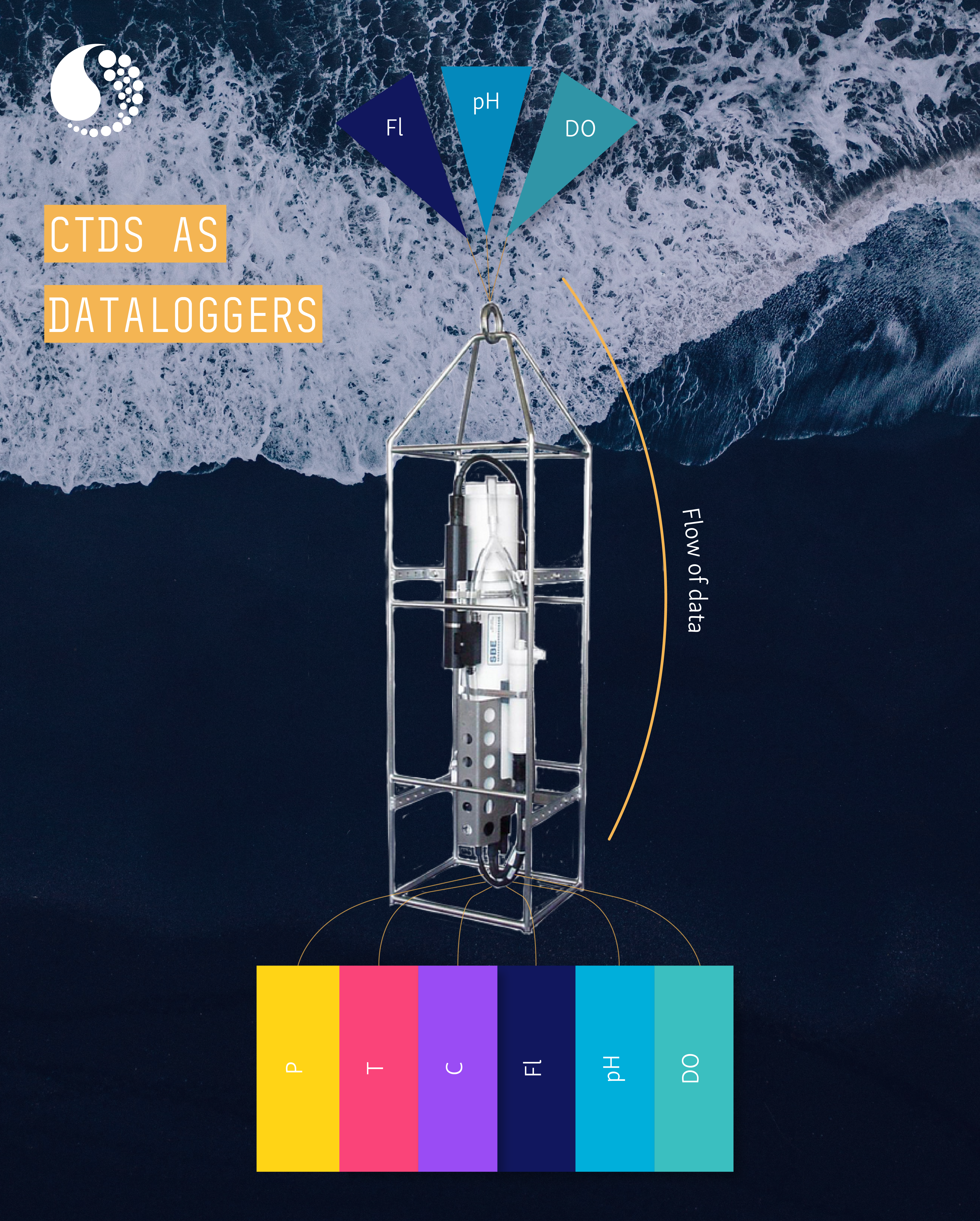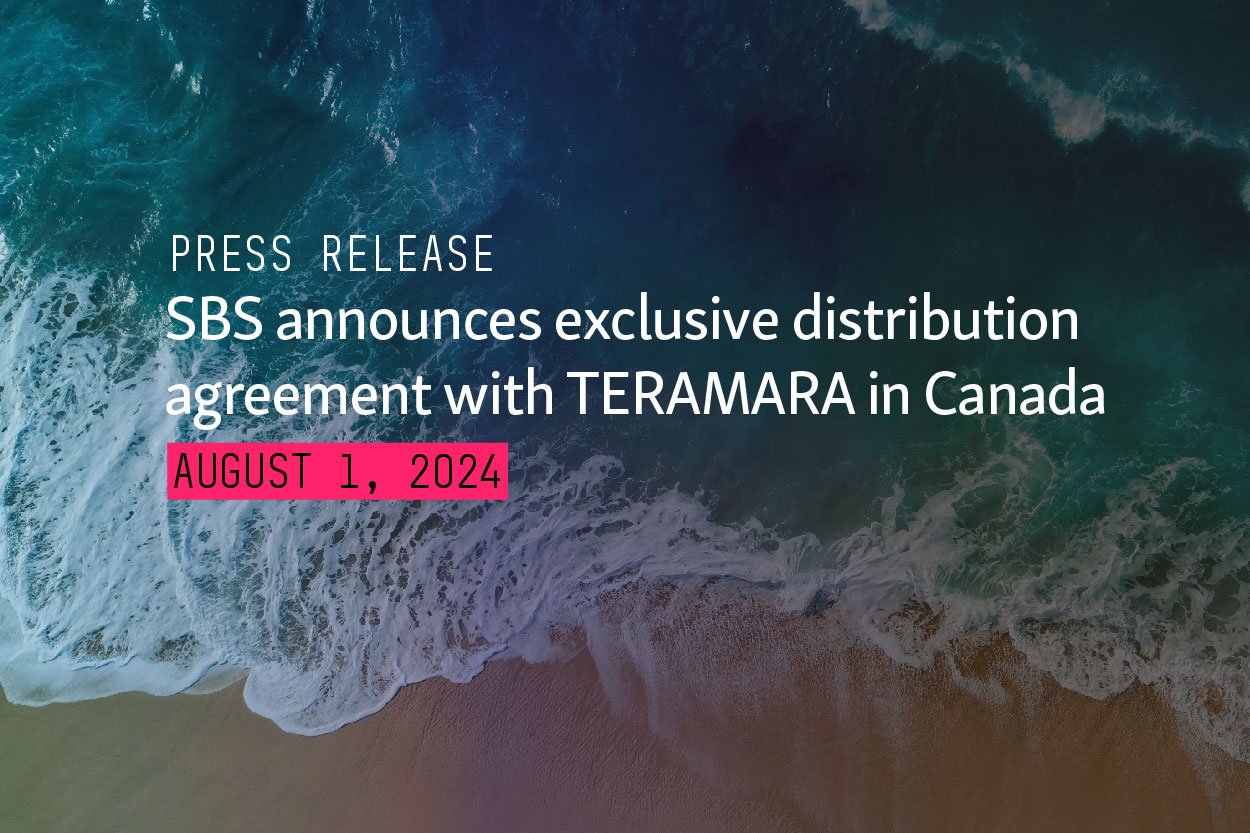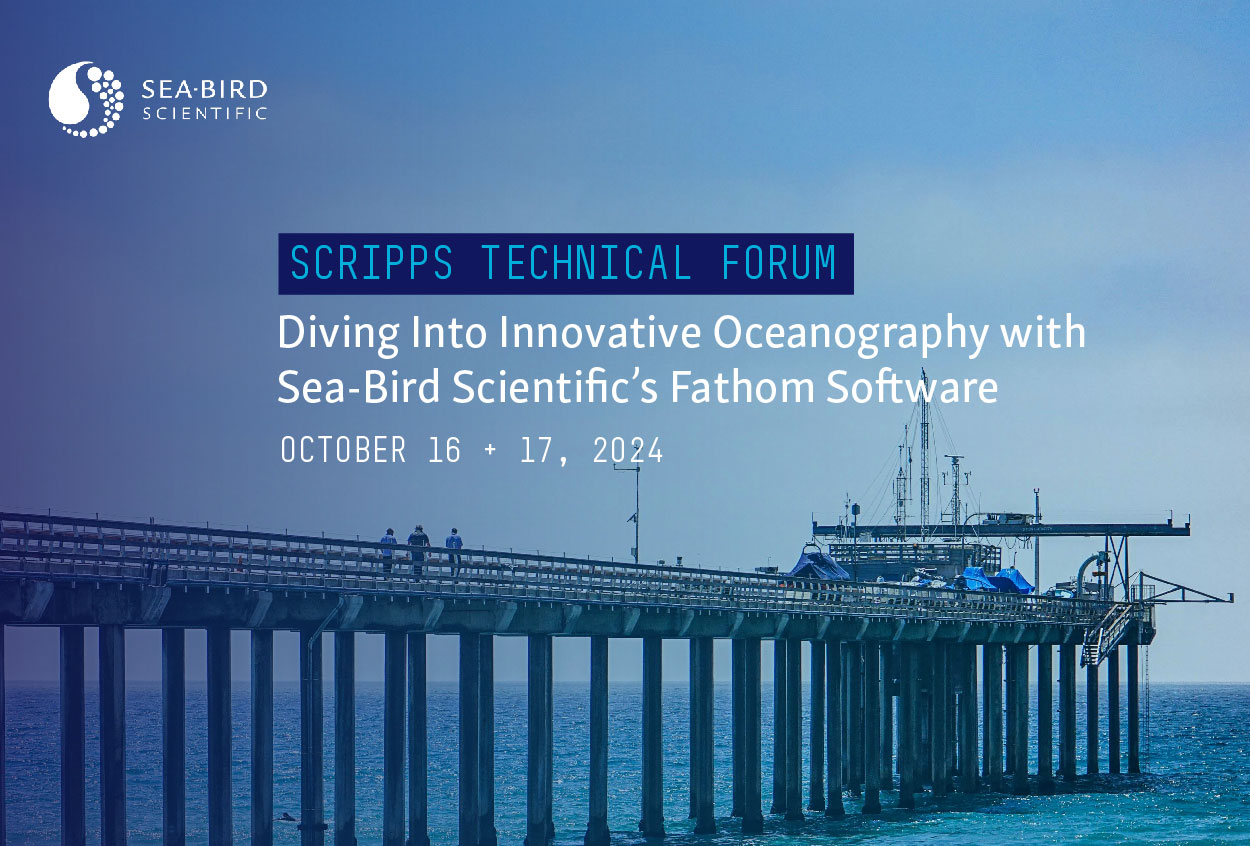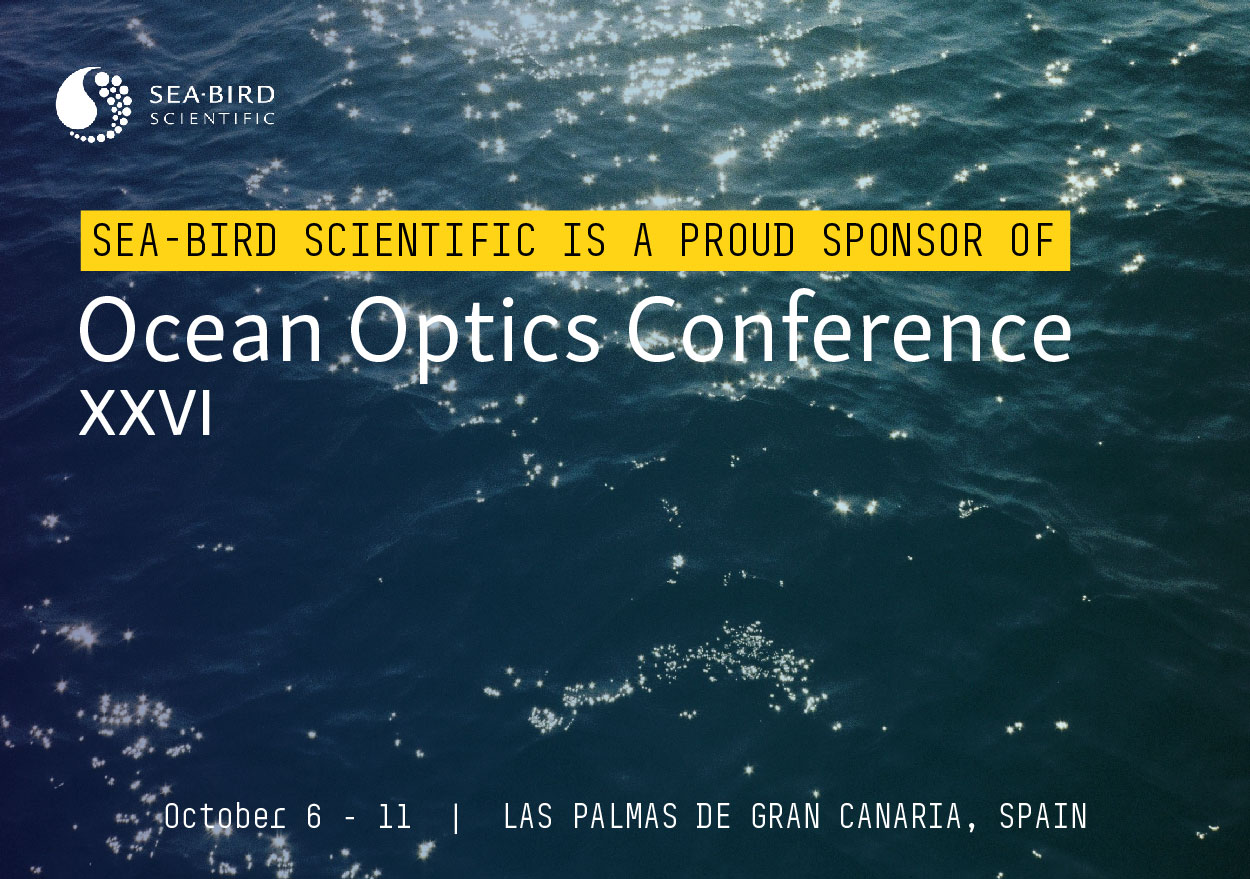CTDs as Data Loggers
The acronym “CTD” might unofficially represent more than just conductivity, temperature, and depth. Since most CTDs include one or more auxiliary sensors, a given CTD package might technically be called a “CTDpHDOFLNTUTr” (CTD + pH + dissolved oxygen + fluorescence + turbidity + transmissometer). This doesn’t exactly roll off the tongue, so we accept that “CTD” can mean many things and make a point to peek at the system before it goes underwater.
But this fact belies an overlooked feature of instruments like the 19plusV2, 16plusV2 and 25plus: alongside the core conductivity, temperature, and pressure sensors, the CTD system acts as a meeting point for disparate sensors from various manufacturers. It’s a data logger.
To visualize this, consider deploying a separate CTD, pH sensor, dissolved oxygen sensor, and fluorometer. Each of these would need its own power supply and some way to handle data. You’d have to manually synchronize all of clocks (if they have clocks!) and hope that they’re all sampling the same water. And, after recovering the tangle of cables, you’ll have to wrangle their data together in a meaningful way. Instead, you can connect them to the CTD, do a little bit of setup, and all parameters are written to a single file.

Instruments like the 19plusV2, 16plusV2, and 25plus support analog and serial-output auxiliary sensors, with a track record of supporting novel sensor combinations. These sensor combinations become greater than the sum of their parts – that bump in pH coincides with a wave of fluorescence, followed by a rise in dissolved oxygen. The scientific picture makes more sense in the context of each additional parameter, and the CTD is logging it all. With onboard memory and real-time output, the CTDpHDOFLNTUTr acts as the data hub for a powerful integrated system.
Related Posts
Featured Posts
Oceanology International 2024
We hope to see you at #Oi24 We are excited to return to Oceanology International 2024 again in London, UK from March 12-14. Overview Oceanology International brings together 500+ exhibitors in the only event that links the three key players in the industry:...
Ocean Sciences Meeting 2024
We hope to see you at #OSM24 We are excited to return to Ocean Sciences Meeting 2024 in New Orleans, Louisiana from February 18-23 at booth number #527. Overview The Ocean Sciences Meeting 2024 is co-sponsored by the American Geophysical Union, the Association for the...
Pride 2023
Celebrating and honoring our LGBTQIA+ communities At Sea-Bird Scientific, we are proud to stand with members of the LGBTQIA+ community during Pride Month 2023. As with last year, we changed our logo on social media to feature a rainbow throughout the month of June in...
Science and Technology
Platform


